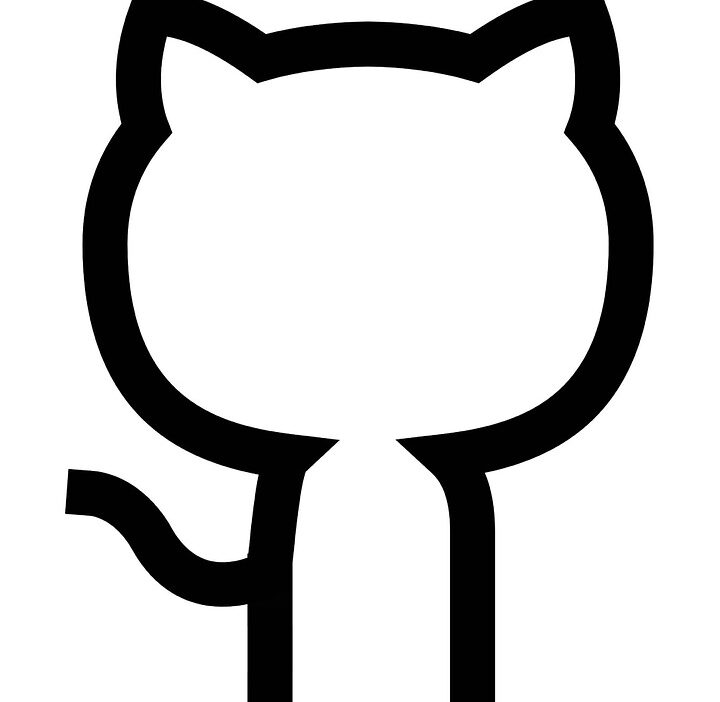In the fast-paced world of software development, collaboration and version control are vital for success. As teams grow in size and complexity, the need for effective tools to manage code and facilitate collaborative efforts becomes even more critical. Enter GitHub—a platform that has not only streamlined the developer workflow but also redefined how software teams work together.
The Genesis of GitHub
Founded in 2008 by Chris Wanstrath, PJ Hyett, Tom Preston-Werner, and Scott Chacon, GitHub was built as a hosting service for Git repositories, enabling developers to use Git’s powerful version control capabilities on a collaborative platform. Git, created by Linus Torvalds in 2005, provided a robust way to manage code changes and track the history of a project. However, GitHub added a social layer, transforming this version control system into a place for coders to collaborate, discuss, and review code in real time.
Essential Features that Enhance Collaboration
1. Version Control and Branching
At its core, GitHub leverages Git’s branching and merging capabilities. This allows developers to work on features or fixes independently without disrupting the main codebase. When a developer feels their work is ready, they can submit a pull request, initiating a conversation around their changes and inviting team members to review their contributions.
2. Pull Requests and Code Reviews
Pull requests are not just a way to merge code; they are a powerful tool for collaboration. Team members can comment on specific lines, suggest changes, and engage in discussions about the code. This process not only improves the quality of the code through collective scrutiny but also fosters knowledge sharing among team members, enhancing their understanding of the project.
3. Issue Tracking
GitHub’s integrated issue tracking system allows teams to log bugs, features, and tasks directly linked to specific code commits. This system ensures that everyone is aware of what needs to be done and can see how it relates to ongoing development work. The ability to assign issues to team members and track their progress in real-time helps ensure that nothing falls through the cracks.
4. Continuous Integration/Continuous Deployment (CI/CD)
With integrations available for Continuous Integration and Continuous Deployment (CI/CD) workflows, GitHub allows teams to automate testing and deployment processes. This means that every push to the repository can trigger a series of checks to ensure that the code is functioning as intended. By reducing the time spent on manual testing and deployment, developers can focus on creating value.
5. Community and Open Source Collaboration
GitHub has also served as a cornerstone for the open source movement. By providing a public platform where anyone can contribute to projects, it democratizes access to software development. Developers can fork repositories, propose changes, and contribute to projects they are passionate about. This collaborative spirit has led to the creation of numerous successful open source projects, such as Linux, React, and TensorFlow.
Cultural Shift in Development Teams
The rise of GitHub has brought about a cultural shift in how development teams operate. The emphasis on transparency, code review, and community involvement has become a paradigm that many teams now aspire to. The platform has also encouraged remote work, enabling developers from different parts of the world to collaborate seamlessly.
Collaboration tools like GitHub have reduced the friction typically found in traditional development workflows, speeding up innovation and allowing teams to respond quickly to feedback and changing requirements.
Conclusion
GitHub has not just transformed the technical aspects of software development; it has fostered a culture of collaboration, transparency, and continuous improvement. By unlocking new ways for developers to work together, share knowledge, and streamline their workflows, GitHub has become an indispensable tool in the developer toolbox. As the tech landscape continues to evolve, so too will the need for platforms that facilitate collaboration, ensuring GitHub remains at the forefront of this revolution. The transformation of the developer workflow is not just about managing code—it’s about cultivating an environment where creativity and collaboration can thrive.


